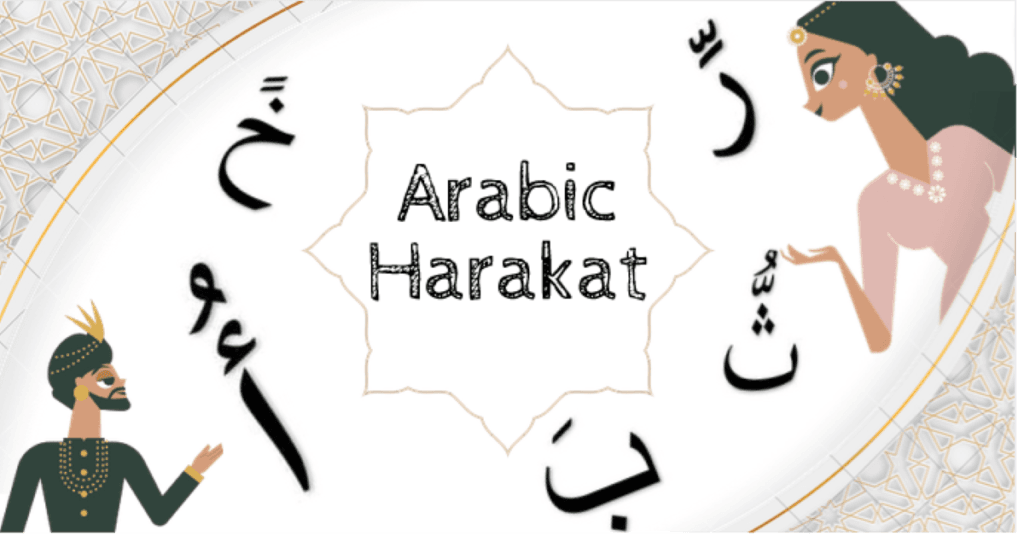Hamzat Al Wasl and Al Qat’ is a very essential topic to know if you are studying Arabic, whether you are a native speaker or a non-Arabic speaker. In this article, we will learn how to recognize Hamzat Al Wasl and Al Qat’, and the difference between them.
The features of the joining hamza (همزة الوصل) -Hamzat Al Waṣl: ا ٱ
- The Hamza which attaches, connects or joins, a non-phonemic glottal stop produced automatically only if at the beginning of an utterance, otherwise assimilated. It only comes at the beginning of the word.
- Pronounced only when starting the word, but dropped when joining with the word preceding it and no vowel written over it.
- Hamzat Al wasl is read when the sentence or verse is started by it.
- It is represented by small (sad ص) on top of it in the Qur’an, and without any marks in the usual sentences.
- The hamza in (Al – ال ) for the definition is the hamzat wasl.
- If Hamzat Al wasl comes in the middle of a sentence or verse, then it is silent or ignored and is not read.
- Although the hamzat al-waṣl can be written as an alif carrying a waṣlah sign ٱ (only in the Quran), it is normally indicated by a plain alif without a hamza.
The features of the disjunction hamza (همزة القطع) – Hamzat Al-qaṭ‘: ء ئ ئـ ؤ أ إ
- The letter Hamza (ء) on its own always represents hamzat al-qaṭ‘, “the Hamza which breaks, ceases or halts”, that is, a phonemic glottal stop. Pronounced Hamza with vowel, whether starting on the word or continuing from a previous word.
- If it comes in the middle of the speech, it is called the middle Hamza, and if it falls at the end of the word, it is called the extreme.
- Hamzat Al Kata` is always read, irrespective of its location in the Qur’an or in the usual sentences.
- Hamzat Al Kata is represented by a small ء neck on it. Example: (أكل Akala). This differentiation is generally given in Arabic font in Quran, and usual sentences.
The Joining Hamzat “al-Wasl” examples:
- The ا (hamza) in ال (the definite article) is called Hamzat al wasl. Example: القمر [Al-kamar] – الكتاب [Al-kitab]
- If Hamzat al-Wasl is preceded by another word, it’s not pronounced. Example: المنزل [Al-manzil] is pronounced, but when the word is accompanied by the letter و waw, like “والمنزل” it is pronounced as [wal-manzil] and not [wa-al-manzil].
- Hamzat al-Wasl also appears in words without ال (the definite article). Examples: اسم [ism] – Hamzat Al wasl is pronounced, but in بسم الله [bismiallah] Hamzat al-Wasl is not pronounced. Also, ابن [ibn] – Hamzat Al wasl is pronounced, but in عيسى بن مريم [isa-bn Mariam], Hamzat Al wasl is not pronounced.
The disjunction Hamzat “ Al-qaṭ‘” example:
Hamzat al kata is always pronounced. Whatever its position in the sentence. Examples: أحمد [Ahmad] – أخذ [Akhaza]. Notice the difference, if a letter comes before the hamzat Al Kata, it is pronounced: وأخذ [Wa-akhaza]











